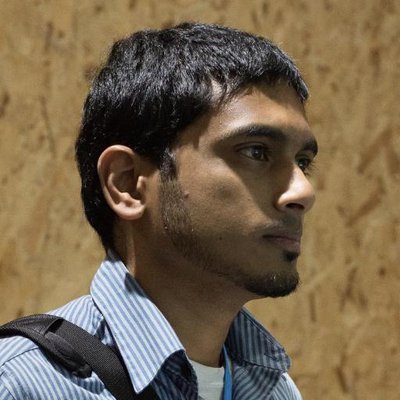
We live in a time of massive, unprecedented trade: Goods, information and money all flow across borders almost seamlessly (people, of course, are another matter). While this new era of trade has brought immense prosperity to many, it has also resulted in damaging externalities.
It is because of demand for cheap global commodities that huge swaths of land are cut down in biodiverse hotspots such as Indonesian Borneo and Sumatra or the Amazon jungle, all for cheap palm oil, soy and beef. Demand for minerals spurred on harmful mining practices in the Congo, Papua, South America and elsewhere, even resulting in conflict.
The most damning fact is that this transfer of commodities tends to benefit only a tiny sliver of the global population, and the trade system has yet to address this. Those who farm cocoa, palm oil, or soy profit little from global commodity prices or access to new markets – instead, they are often forced to sell for less or be forced out of the market. This applies to workers as well, such as the hundreds of thousands working on palm oil plantations in Indonesia, the majority of whom are contract laborers who see few benefits from the multibillion-dollar palm oil trade.
The Fair Trade movement started as a response to this global trade paradigm that focused too much on profits and not people. Their goal was to tilt the balance toward farmers and workers, if even just a bit, ensuring they got a decent living.
From Fair Trade America: "For far too long, conventional trade has maintained a narrow focus on the lowest common denominator. Efficiency at all costs, lower prices, and little consideration for the full social, economic and environmental impacts have been hallmarks of conventional international trade. Massive consolidation of power in supply chains has resulted in fewer options for consumers, farmers and workers, and unprecedented wealth controlled by few."
The Fair Trade model proved successful, but it still only operates at the margins. Those of us living in well-off communities can afford the higher premiums of Fair Trade coffee, chocolate and tea, but the vast majority of people -- especially in developing countries -- cannot. This means that, despite the growth of Fair Trade, inequality is getting worse overall, as a recent report from Oxfam shed a bright light on: Eight men (and, yes, they are all men) own the same amount of wealth as half of the world, or 3.6 billion people.
“It is obscene for so much wealth to be held in the hands of so few when 1 in 10 people survive on less than $2 a day,” Winnie Byanyima, executive director of Oxfam International, said in a press statement. “Inequality is trapping hundreds of millions in poverty; it is fracturing our societies and undermining democracy.”
Progress over the past few decades has been incredibly uneven. The report found that between 1988 and 2011, the years in which “globalization” became a hot term, the incomes of the poorest 10 percent increased by just $65 per person. The richest 1 percent saw $11,800 more per person – 182 times as much. That is not only unsustainable; it is a travesty.
Fair Trade needs to become more than a niche – it needs to grow into the norm, a true alternative to a trade systems that traps far too many in poverty. And all of us – the media, companies, and, yes, the 1 percent, all need to play our role.
Photo Credit: Kevin Dooley via Flickr

Nithin Coca is a freelance journalist who focuses on environmental, social, and economic issues around the world, with specific expertise in Southeast Asia.














